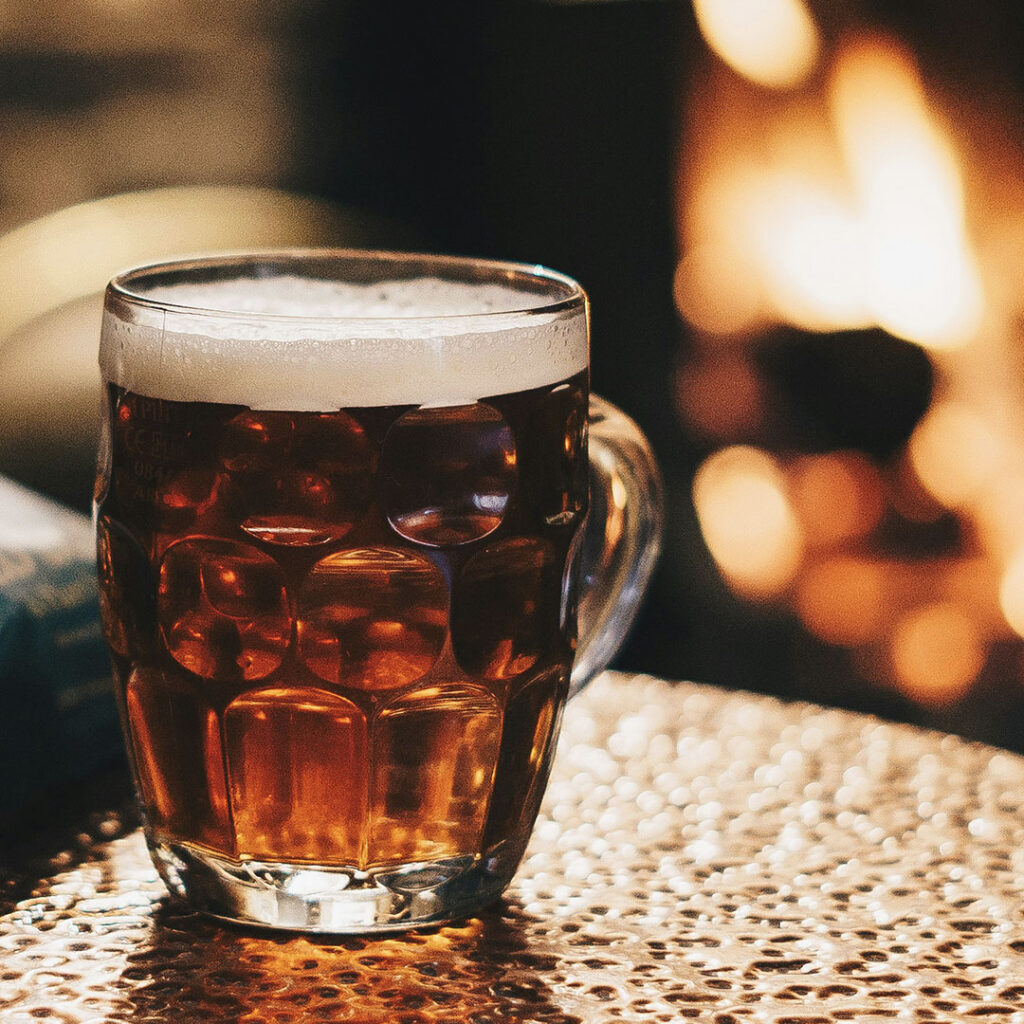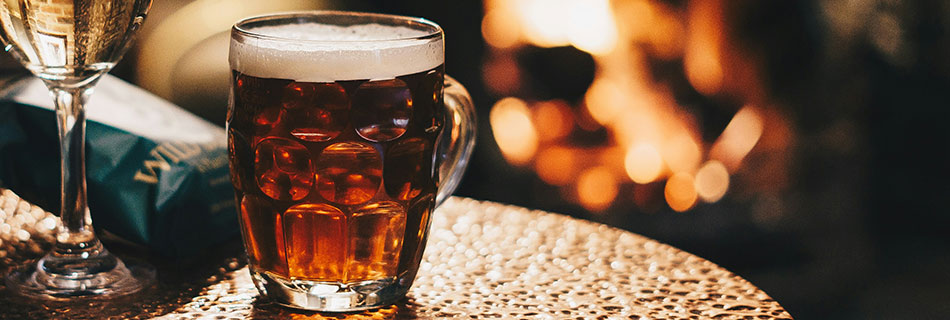During the winter holidays, many people enjoy beers with a higher alcohol content and more richness, like our Christmas beer recipe. As a result, many breweries produce unique seasonal drinks. These beers are often darker, stronger, spicier, and more complex than their usual offerings.

What makes a winter beer special?
Winter beers – also known as Winter Warmers – stand out due to their seasonal ingredients. Typically, they include spices, special sugars, and other flavours that instantly remind you of the holidays. Moreover, these beers tend to be stronger and darker. They also have a rich body with a warming finish, making them perfect for the cold winter season.
Since many interpretations are possible in terms of appearance, taste, and aroma, this style has no strict specifications. Nevertheless, most Christmas beers are clear, dark, sweet, and complex.
Grain bill
| Variety | Quantity | Quantity | Colour EBC | Colour ºL | Ratio |
|---|---|---|---|---|---|
| Swaen Ale | 4 kg | 7.5 lb | 7 | 2.6 | 64% |
| Swaen Munich Dark | 1 kg | 1.1 lb | 4 | 1.5 | 16% |
| Swaen Melany | 0.3 kg | 1.1 lb | 3 | 1.1 | 5% |
| Gold Swaen Aroma | 0.3 kg | 0.66 lb | 100 | 38 | 5% |
| Black Swaen Barley | 0.15 kg | 0.66 lb | 1100 | 415 | 2% |
| Dark candy sugar | 0.5 kg | 0.22 lb | 8% |
The majority of your grist should consist of an ale-style malt. Additionally, you may want to include a darker base malt for extra body. In our case, we chose the sweetness of Melany, complemented by a darker caramel malt. However, feel free to replace them with a mid-dark caramel malt. For added colour and a hint of roasted flavour, we also include roasted barley.
To ensure some residual sugars, we recommend a single-step mash at the higher end (70⁰C / 178⁰F). Furthermore, many brewers enhance flavour by adding specialty sugars such as honey, molasses, candy sugar, brown sugar, or even maple syrup.
Hops and spices
| Variety | Quantity | Quantity | Duration | Alpha acid | IBU |
|---|---|---|---|---|---|
| Northern Brewer | 28 g | 1 oz | 60 min. | 7.5% | 26 |
Hops primarily serve to add bitterness. For this reason, we advise using traditional English varieties or noble hops. Of course, our Christmas beer recipe is not complete without seasonal spices! Most often, brewers choose allspice, nutmeg, cinnamon, cloves, ginger, or orange peels. However, any spice mixture is possible, so feel free to experiment. We recommend adding spices 5–10 minutes before flame-out to extract the best flavour.
Yeast
Although some dark, strong lagers exist in this category, an ale yeast brings out more fruity, sweet aromas and enhances the spice character. Because of this, we suggest using a Belgian-style yeast. Additionally, to increase estery fruitiness, keep the fermentation temperature above 22°C / 72°F. Finally, since stronger beers often require longer aging, be prepared to let your brew mature for several months – or even years – for the best results.
Dry examples: Fermentis Safale T-58 or Mangrove Jack M47 Belgian Abbey.
Liquid examples: Whitelabs WLP002 English Ale or Wyeast 1214 Belgian Abbey.
Results
| Batch size | 19 L / 5 gallon |
| Efficiency | 75% |
| Original gravity | 1072 |
| Final gravity | 1015 |
| Colour EBC | 51 |
| Colour Lovibond | 20 |
| IBU | 26 |
| ABV % | 7.5 |
| Carbonation | 2.4 |
| pH | 5.1 |
Appearance
Deep brown colour, with creamy foam.
Taste profile
Sweet maltiness, with seasonal spices.
Food pairing
Desserts and spicy meals.


